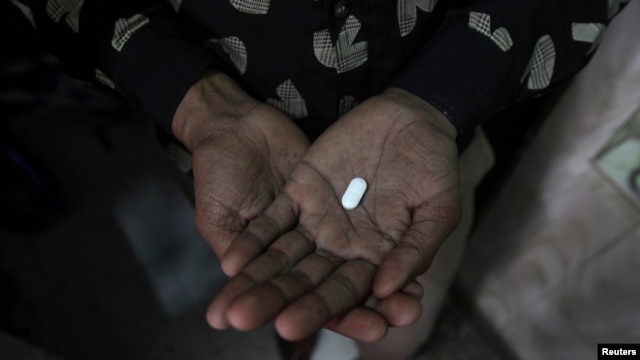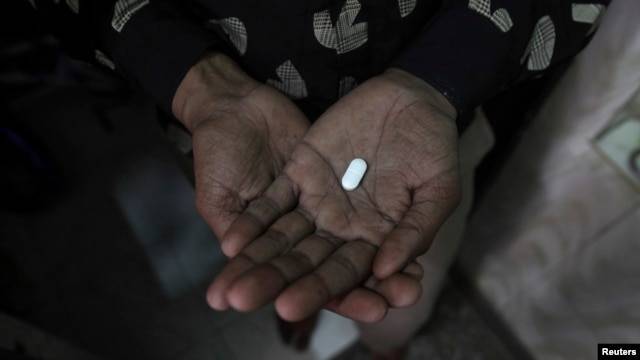- Nov 26, 2011
- 123,496
- 53,524
- 2,290
Cookies must be enabled. The Australian
Interesting development. I hope it works in the human trials. It has only been tested on four rhesus monkeys at this point
Researchers have been trying for three decades to develop an effective vaccine against the human immunodeficiency virus, which causes AIDS. They are also searching for a way to cure infected people. But the ever-evolving virus has eluded them.
Now, a team from the Scripps Research Institute and other institutions said it has identified a way to prevent HIV from infecting cells, using an approach that resembles gene therapy or transfer rather than eliciting an immune response.
HIV normally invades cells through two receptors. The new protein blocks the points where the virus binds to both cellular receptors, leaving no point of entry. Because it attaches to both receptors rather than just one, the protein, called eCD4-IG, blocks more HIV strains than any of several powerful antibodies that have been shown to disable the virus, the researchers said. The study was published online Wednesday by the journal Nature.
Interesting development. I hope it works in the human trials. It has only been tested on four rhesus monkeys at this point






